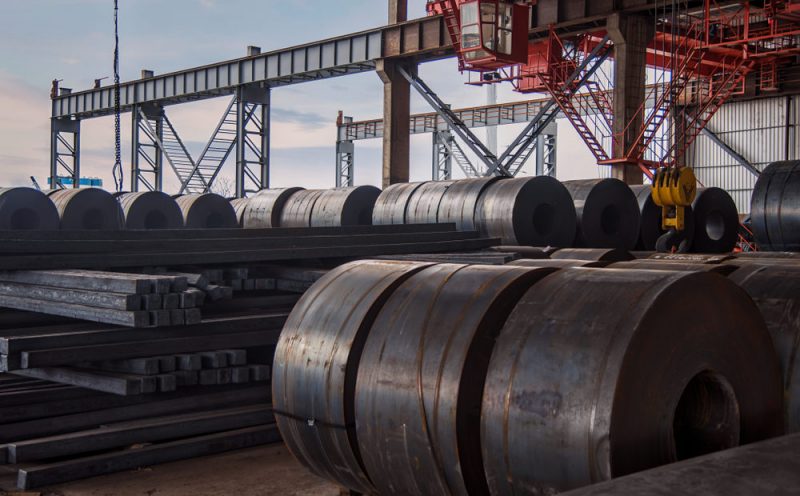
Canadian and U.S. Stakeholders Demand Policy Shift on Steel Imports
North American steelmakers and politicians are renewing calls for changes to steel trade policy, citing the urgent need to counter global overcapacity—particularly from China. As steel production continues to outpace demand worldwide, industry leaders in both the United States and Canada say existing tariffs and trade agreements are failing to protect domestic markets.
In the U.S., the Trump administration has maintained a 50% tariff on most imported steel. It has also facilitated the merger between U.S. Steel Corp. and Nippon Steel Corp., signaling strong federal support for domestic producers. Meanwhile, Canadian steel executives argue that their government has not reciprocated with equivalent protective measures. The Canadian Steel Producers Association (CSPA) claims 83% of imported U.S. steel could be produced domestically, yet enters Canada tariff-free.
CSPA President Catherine Cobden emphasized the imbalance in an August 22 statement, calling on the Canadian government to implement reciprocal tariffs. “We are simply looking for the government of Canada to ensure reciprocal treatment,” Cobden said. “Reciprocal tariffs protect Canada’s industries and workers during this trade war.”
Focus Keyphrase: Global Steel Overcapacity Pressures Trade Policy
Calls for more assertive policy are growing louder across North America. Cleveland-Cliffs CEO Lourenco Goncalves recently warned Canadian officials against locking in import levels from 2024 that he says “killed the Canadian steel industry.” He urged Ottawa to “grow a pair” and recognize Canada’s potential as a critical mineral and steel powerhouse. Cliffs operates a significant steel mill in Canada, giving the firm a direct stake in national policy outcomes.
In Washington, D.C., members of the Congressional Steel Caucus are also sounding alarms. Representatives Frank Mrvan (D-Indiana) and Rick Crawford (R-Arkansas) sent a joint letter last week to Commerce Secretary Howard Lutnick. The letter supports continued use of Section 232 tariffs and stresses the urgency of a multilateral agreement to tackle global steel overcapacity.
The OECD forecasts global steel overcapacity to hit 721 million metric tons by 2027—nearly nine times the total U.S. steel output in 2024. China remains a key contributor, exporting a record 118 million metric tons in 2024. “Overcapacity is driving a surge in exports from countries that produce far more than they consume,” the Congressional letter stated. The representatives urged federal agencies to “promote policies that crack down on unfair trade practices.”
SuperMetalPrice Commentary:
The spotlight on global steel overcapacity shows no signs of dimming. As China continues to export surplus volumes, North American producers face mounting pressure to defend their market share. Both Canadian and U.S. stakeholders are calling not just for reactive tariffs, but for coordinated international agreements that address structural imbalances in global supply and demand. For traders, manufacturers, and policymakers alike, aligning on fair, enforceable trade policy is quickly becoming a strategic imperative.


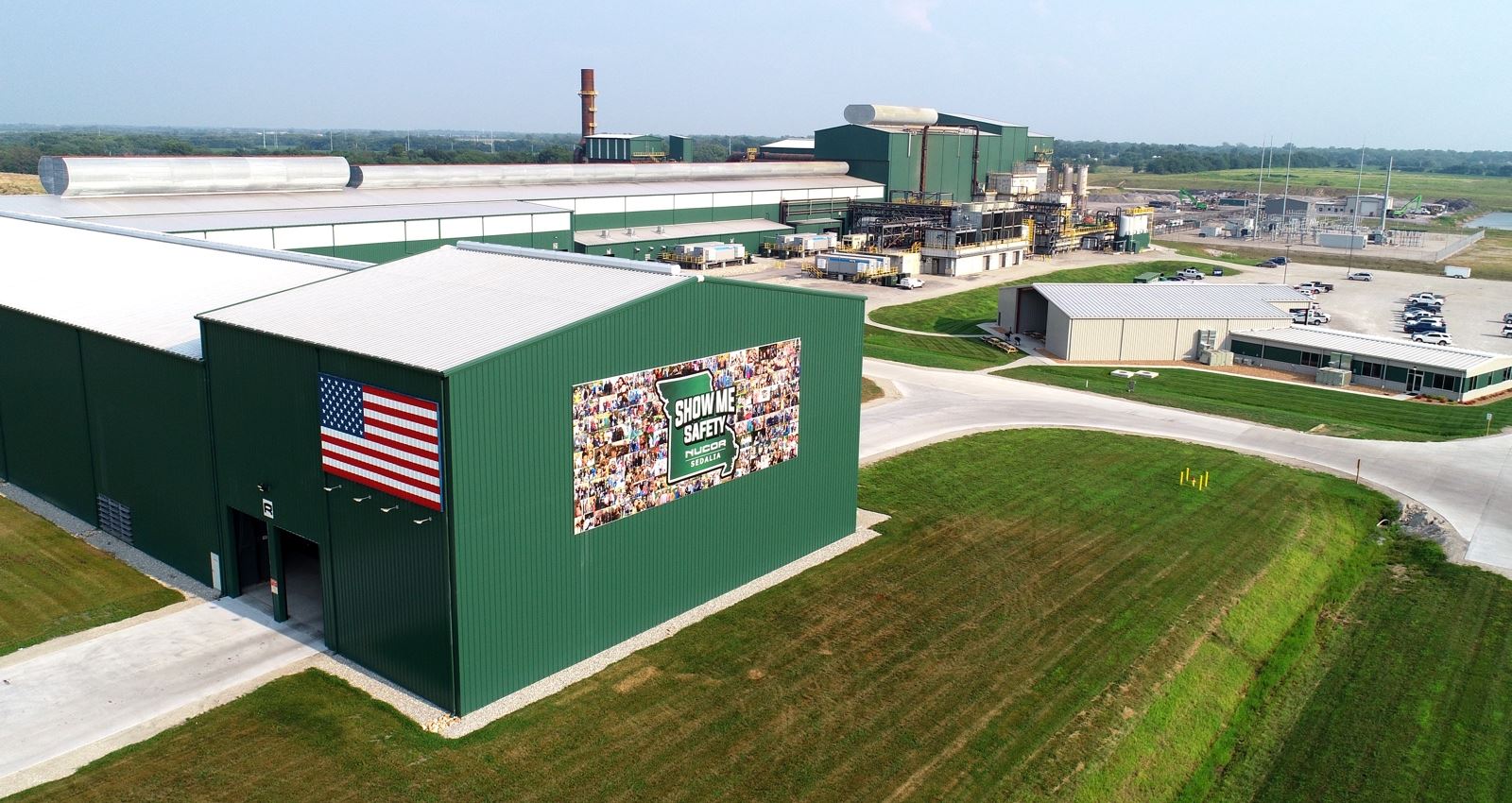




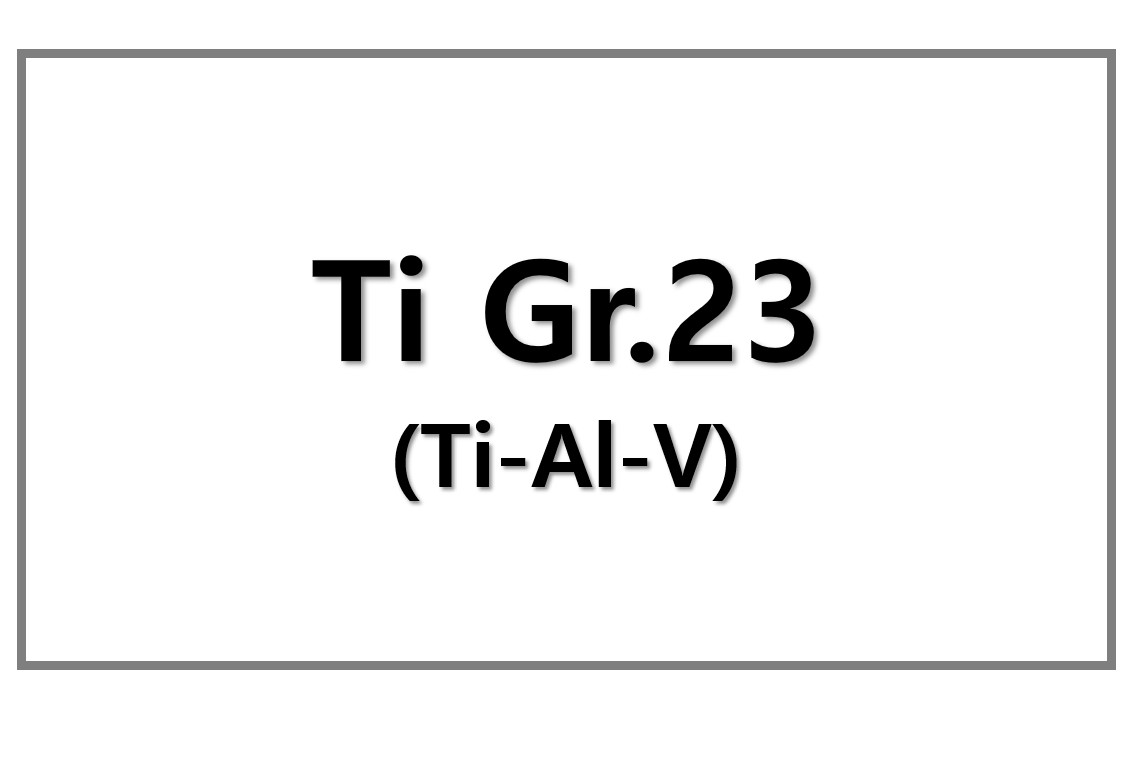
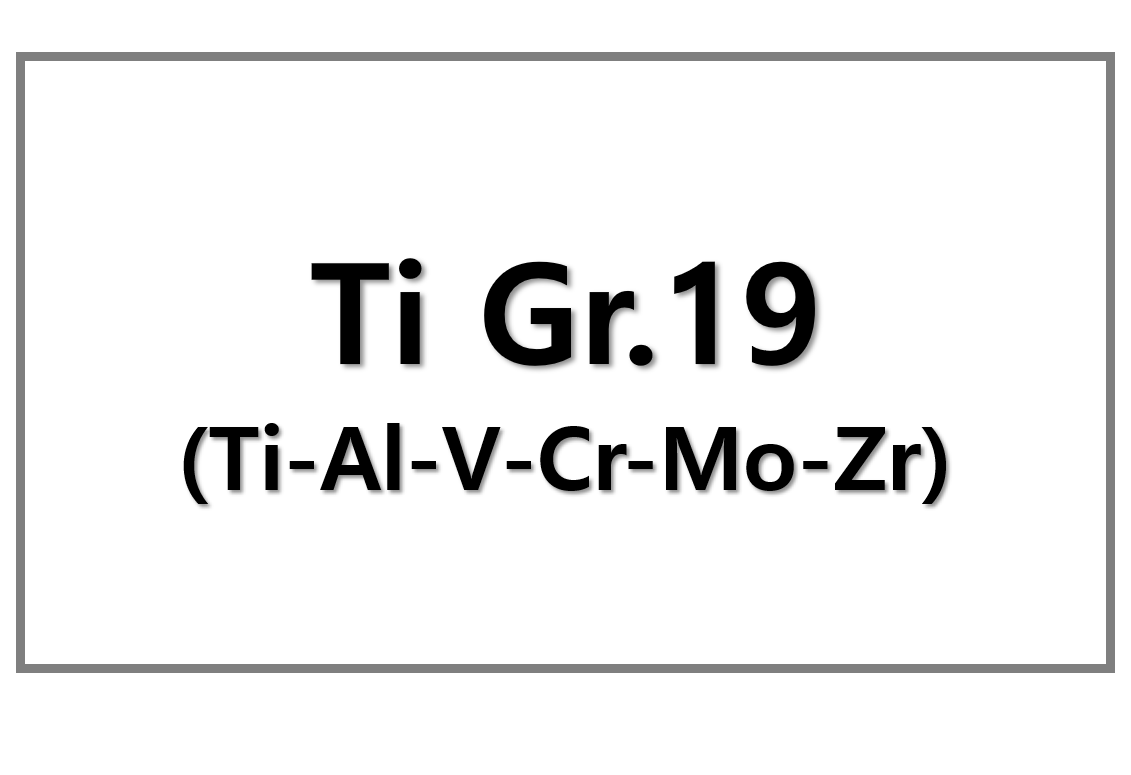
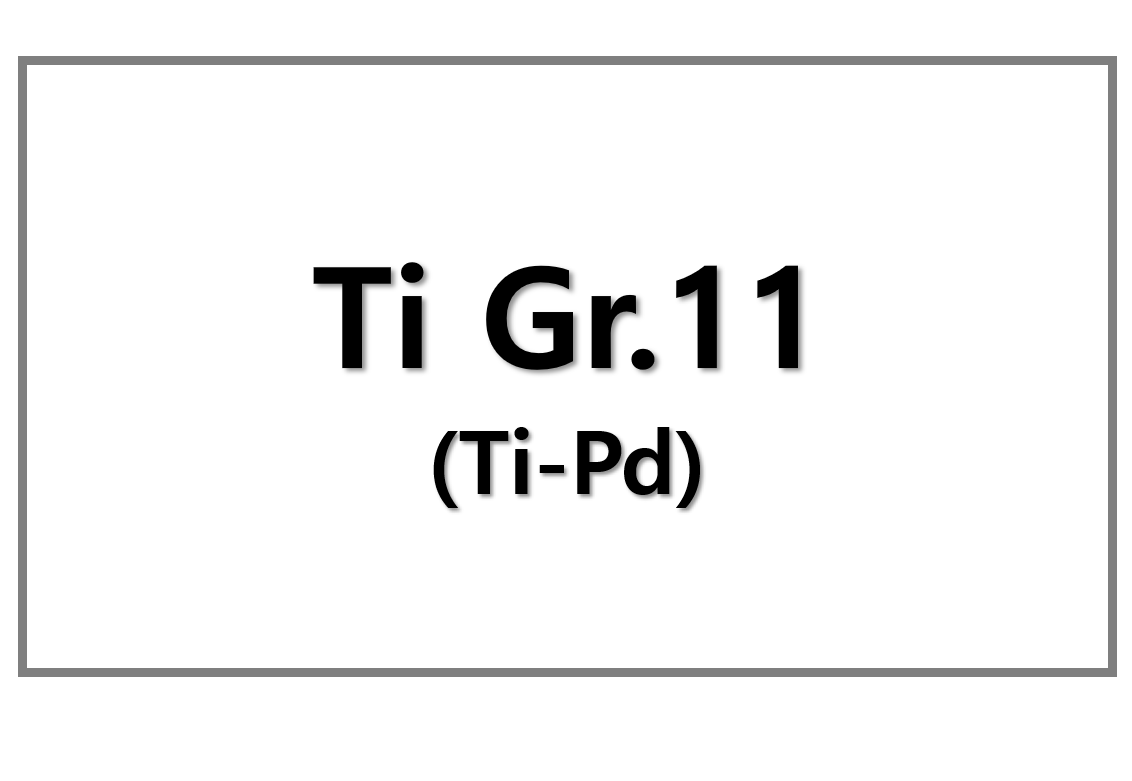

Leave a Reply
You must be logged in to post a comment.